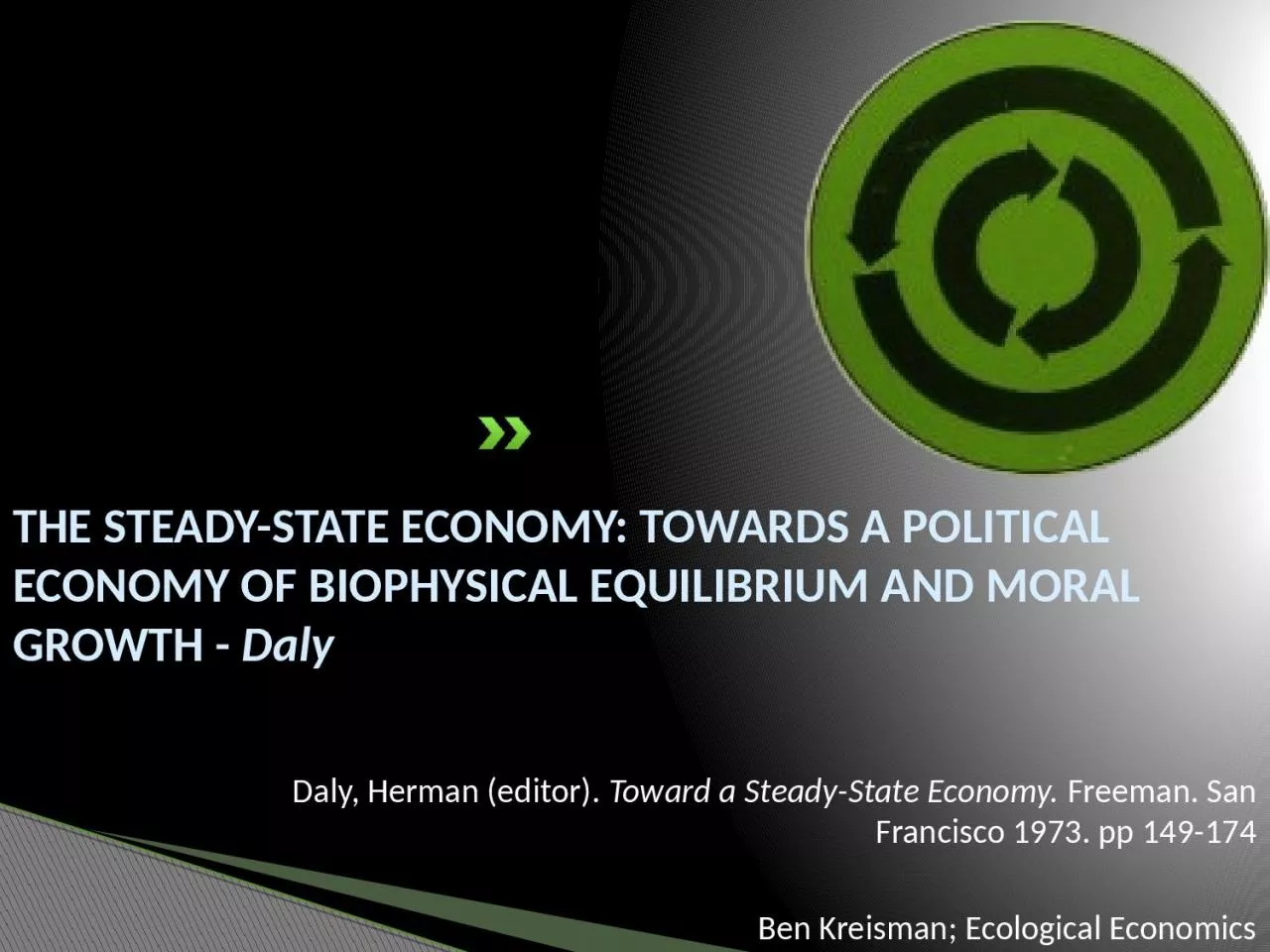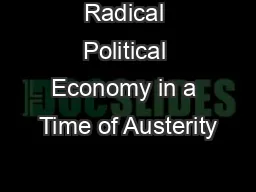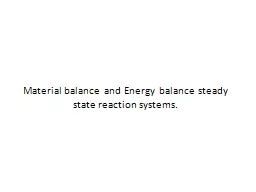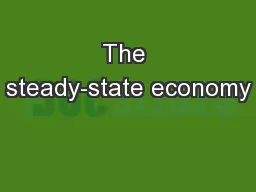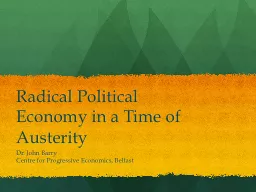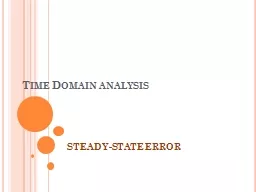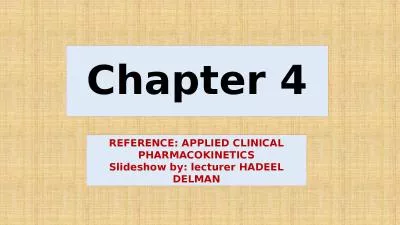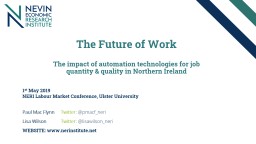PPT-THE STEADY-STATE ECONOMY: TOWARDS A POLITICAL ECONOMY OF B
Author : elizabeth | Published Date : 2023-11-04
iophysical EQUILIBRIUM AND MORAL GROWTH Daly Daly Herman editor Toward a SteadyState Economy Freeman San Francisco 1973 pp 149174 Ben Kreisman Ecological
Presentation Embed Code
Download Presentation
Download Presentation The PPT/PDF document "THE STEADY-STATE ECONOMY: TOWARDS A POLI..." is the property of its rightful owner. Permission is granted to download and print the materials on this website for personal, non-commercial use only, and to display it on your personal computer provided you do not modify the materials and that you retain all copyright notices contained in the materials. By downloading content from our website, you accept the terms of this agreement.
THE STEADY-STATE ECONOMY: TOWARDS A POLITICAL ECONOMY OF B: Transcript
Download Rules Of Document
"THE STEADY-STATE ECONOMY: TOWARDS A POLITICAL ECONOMY OF B"The content belongs to its owner. You may download and print it for personal use, without modification, and keep all copyright notices. By downloading, you agree to these terms.
Related Documents

